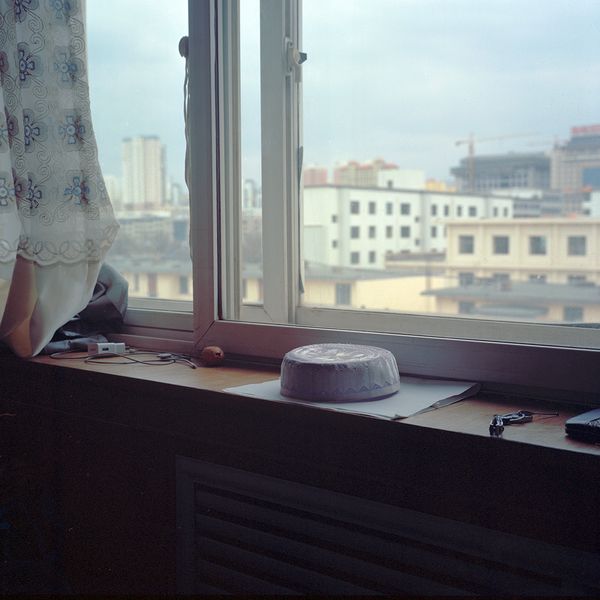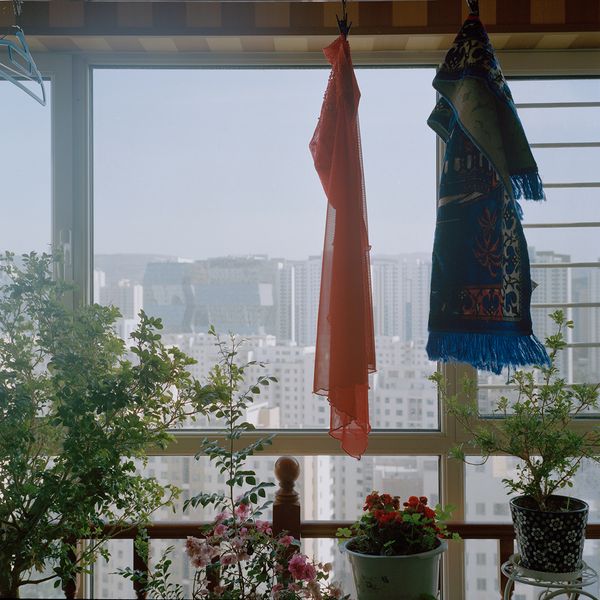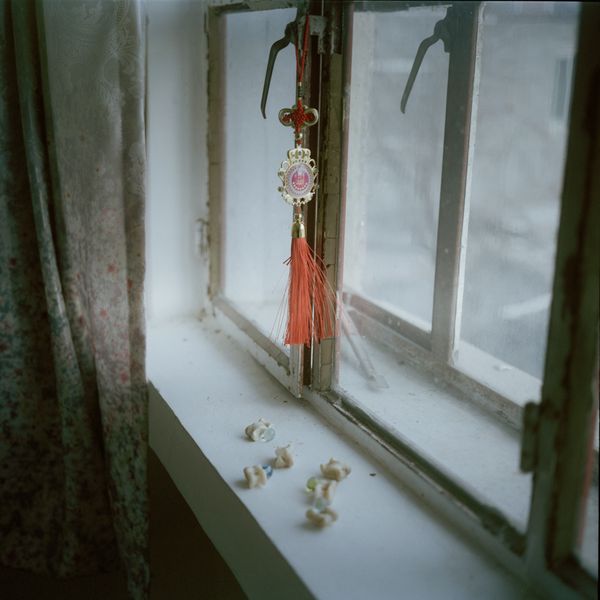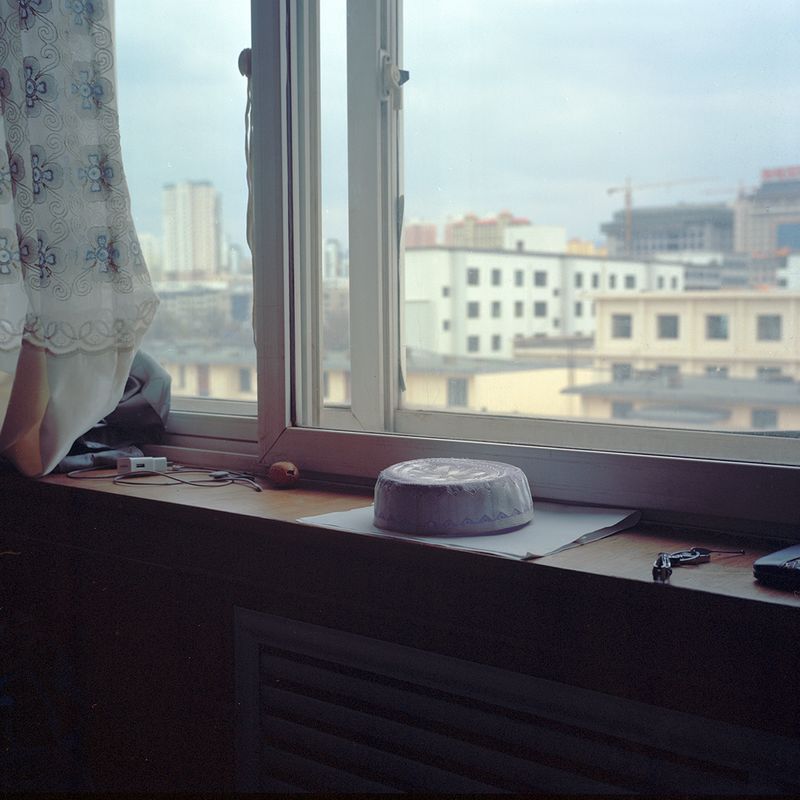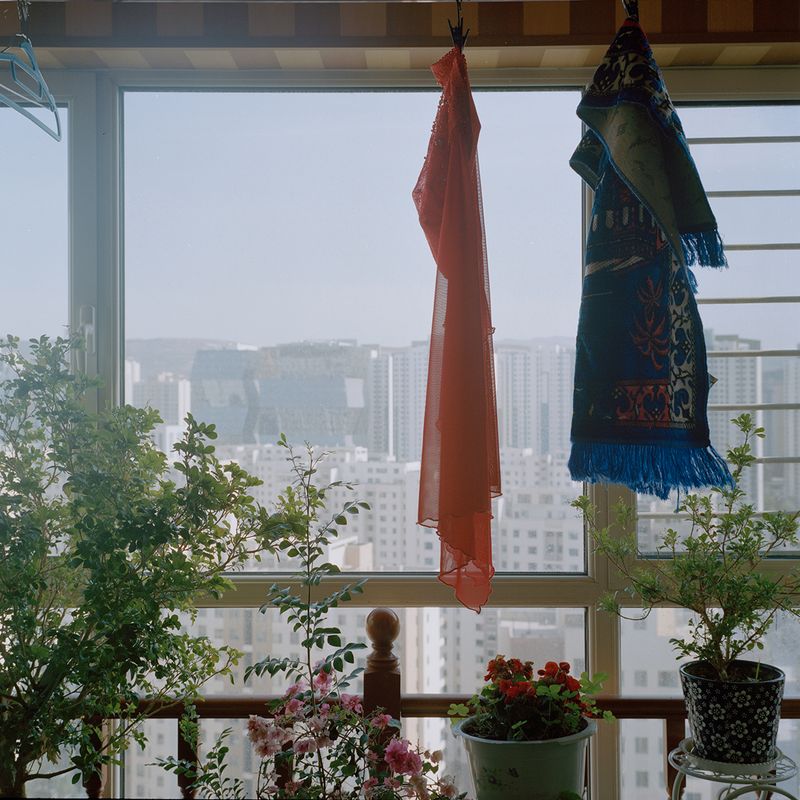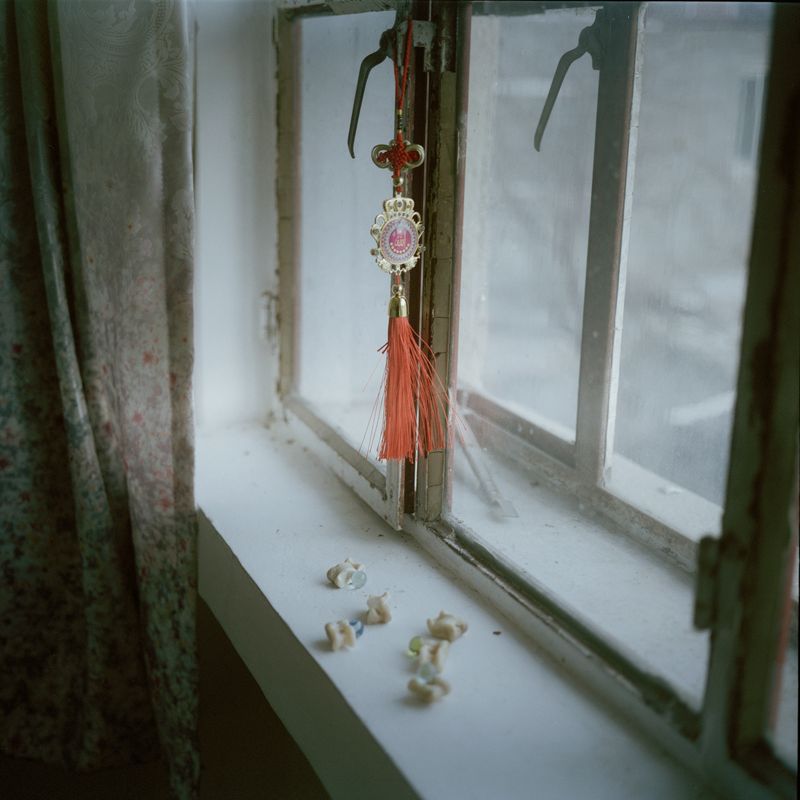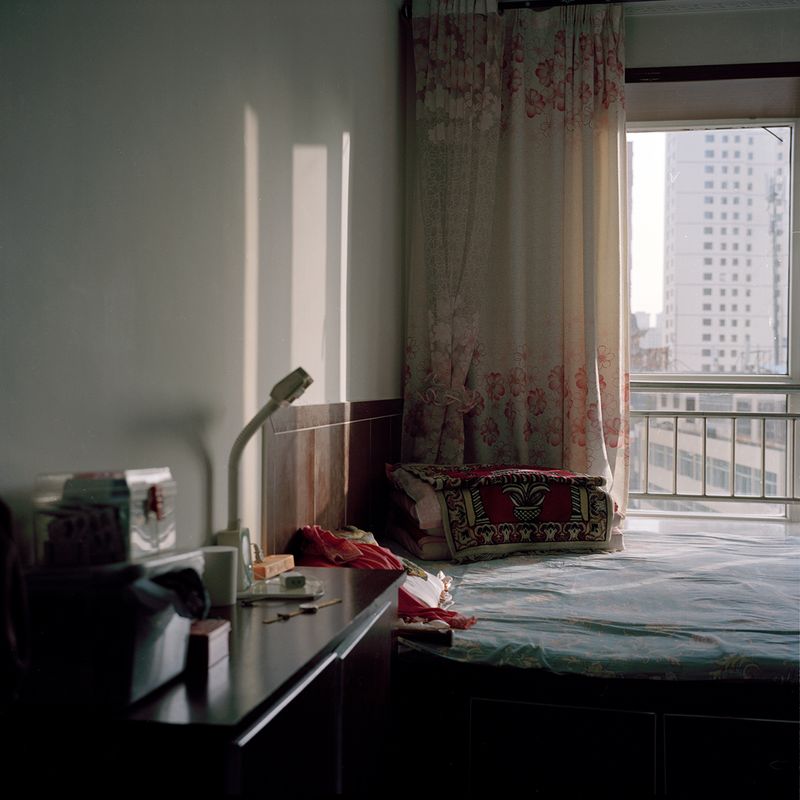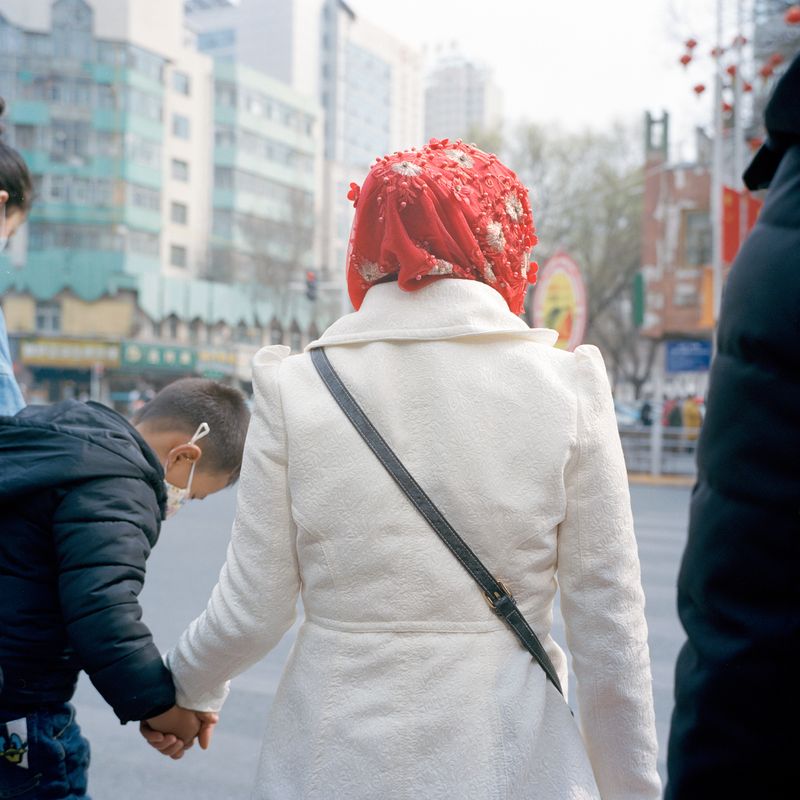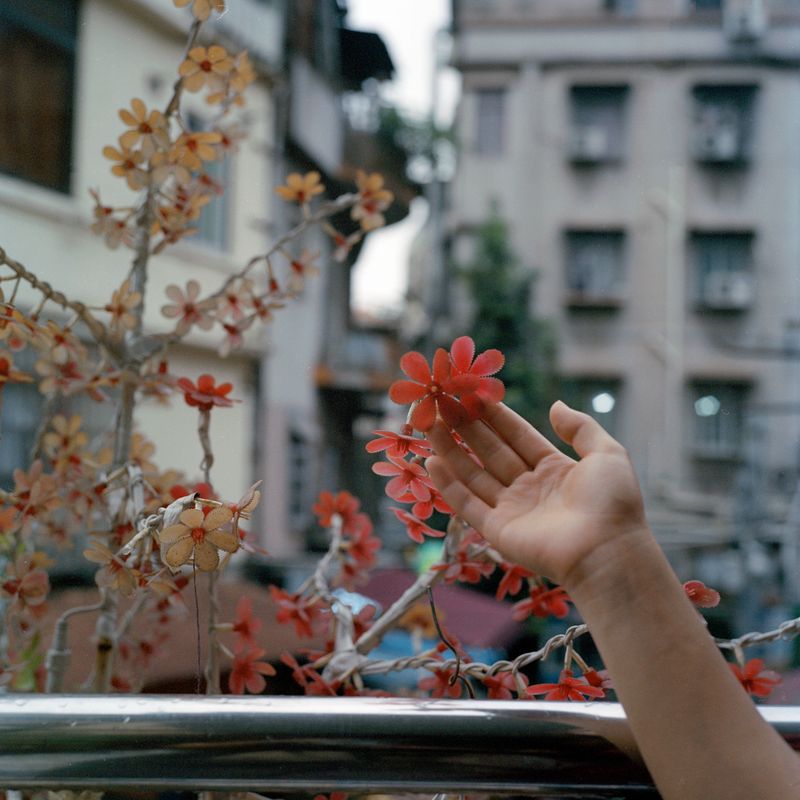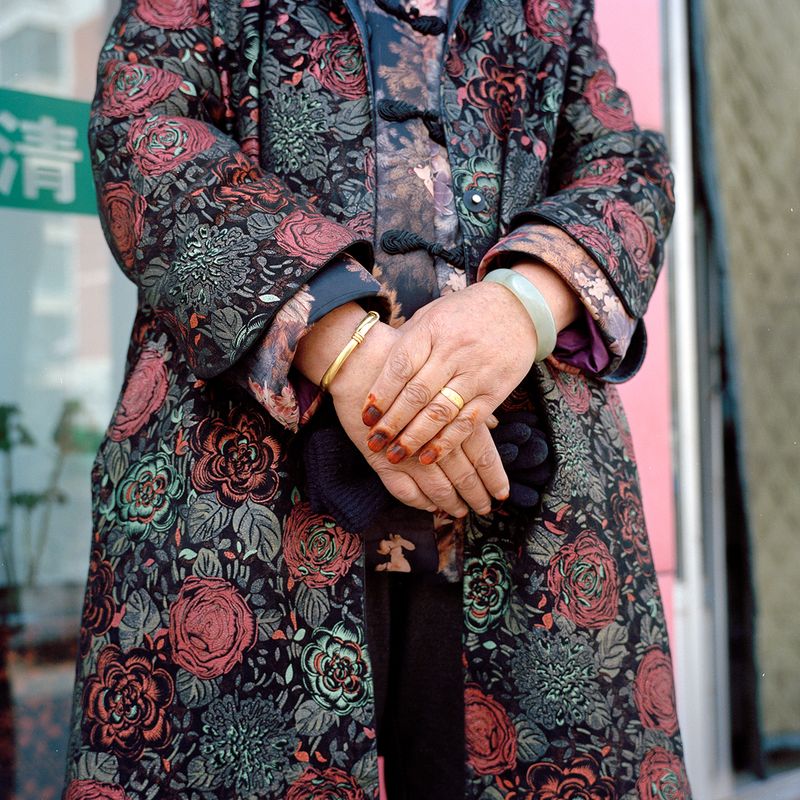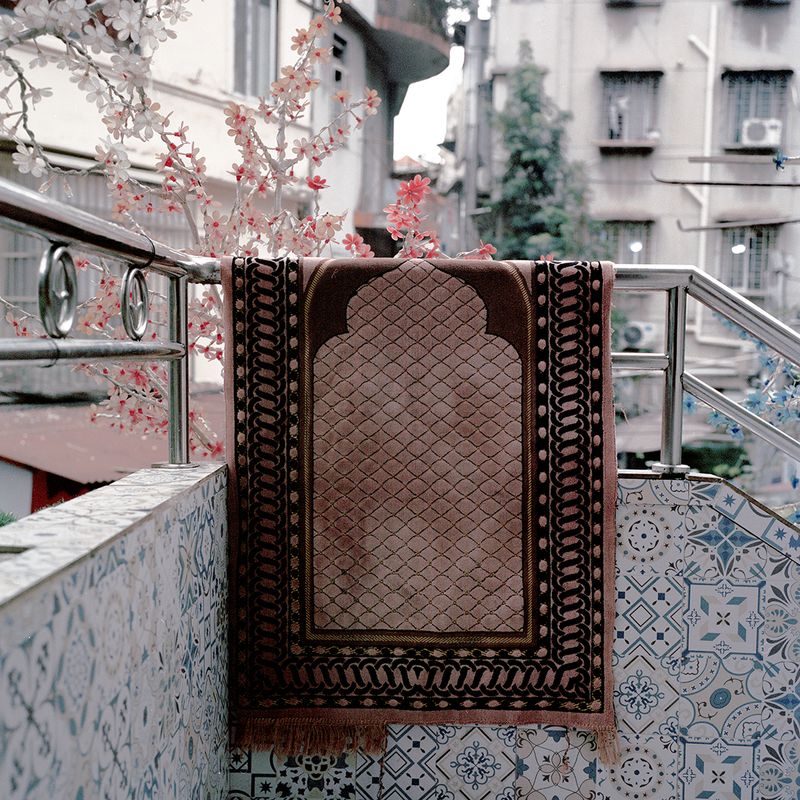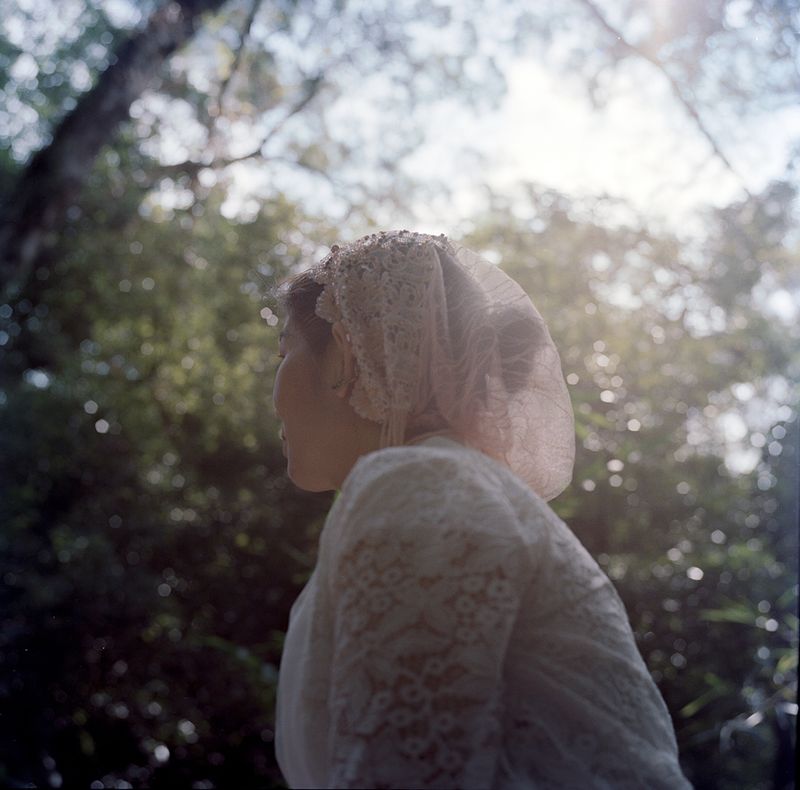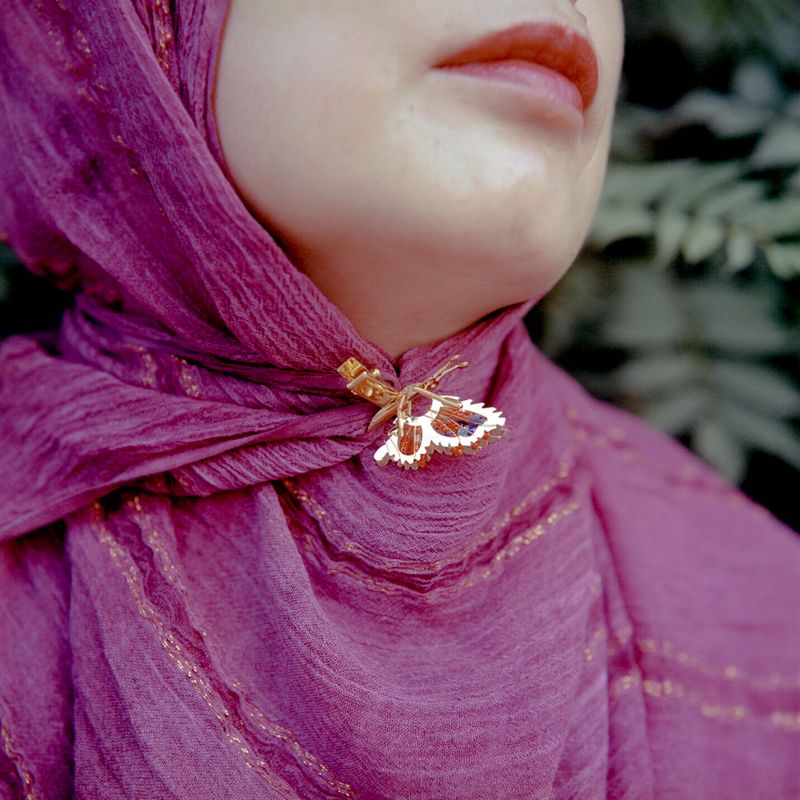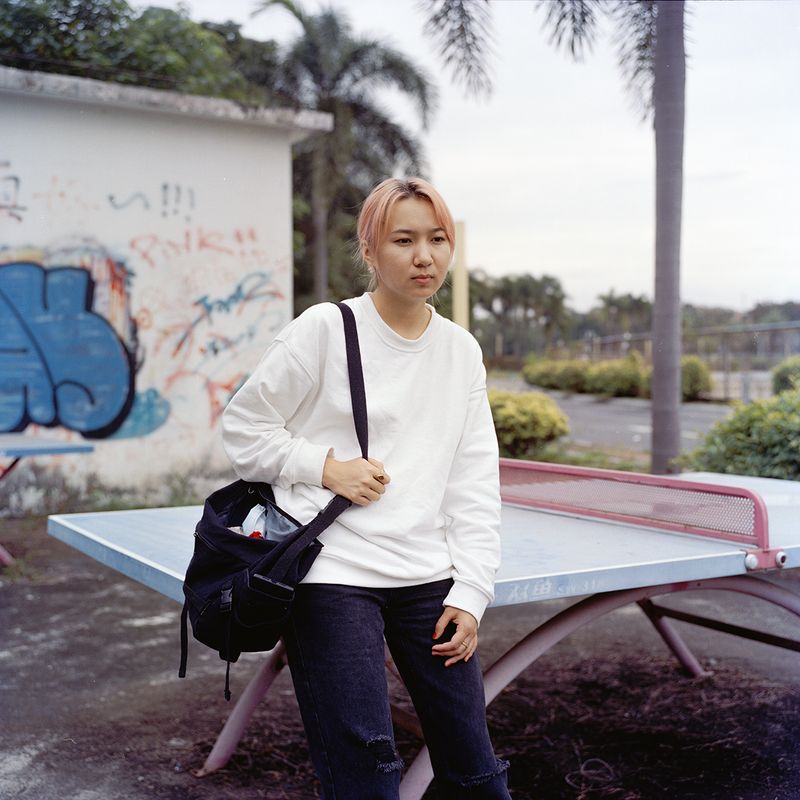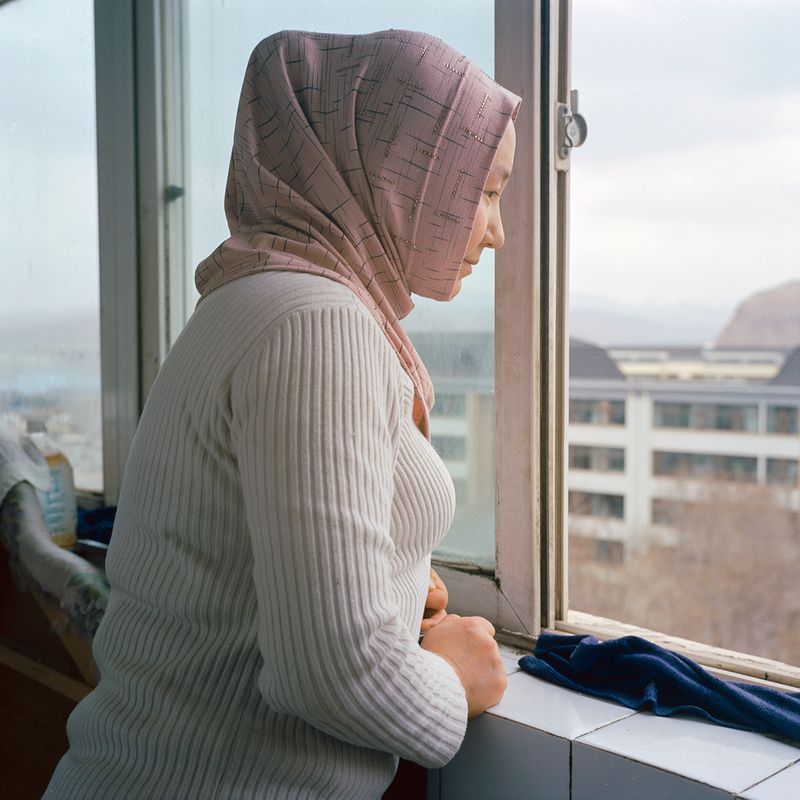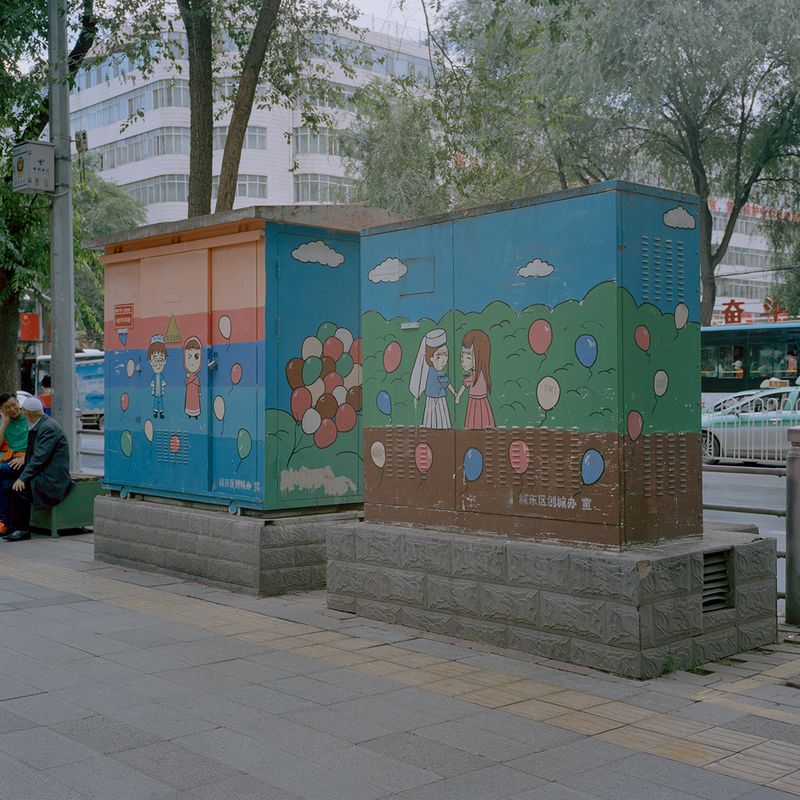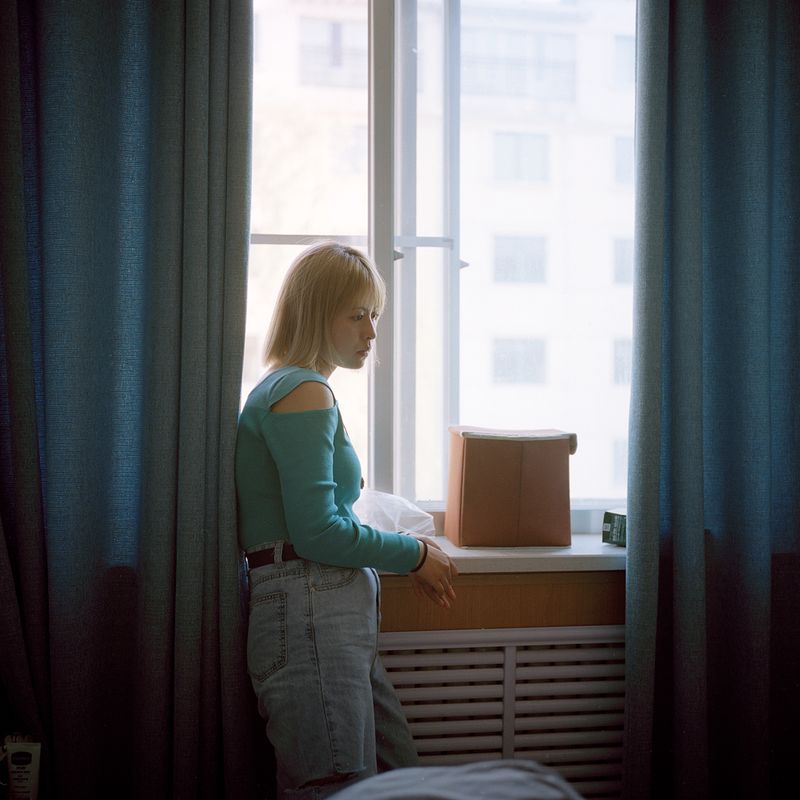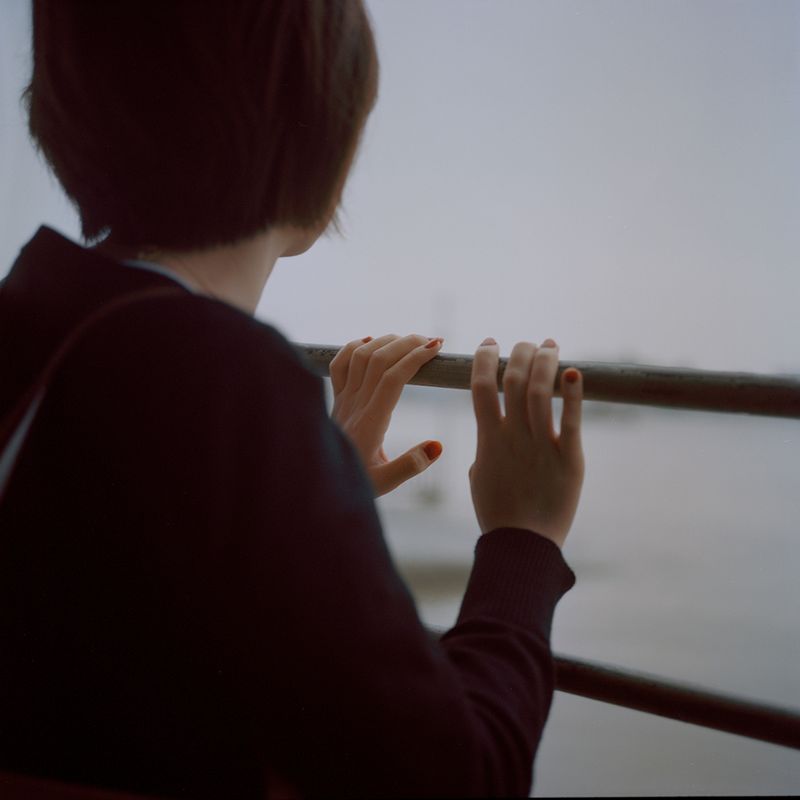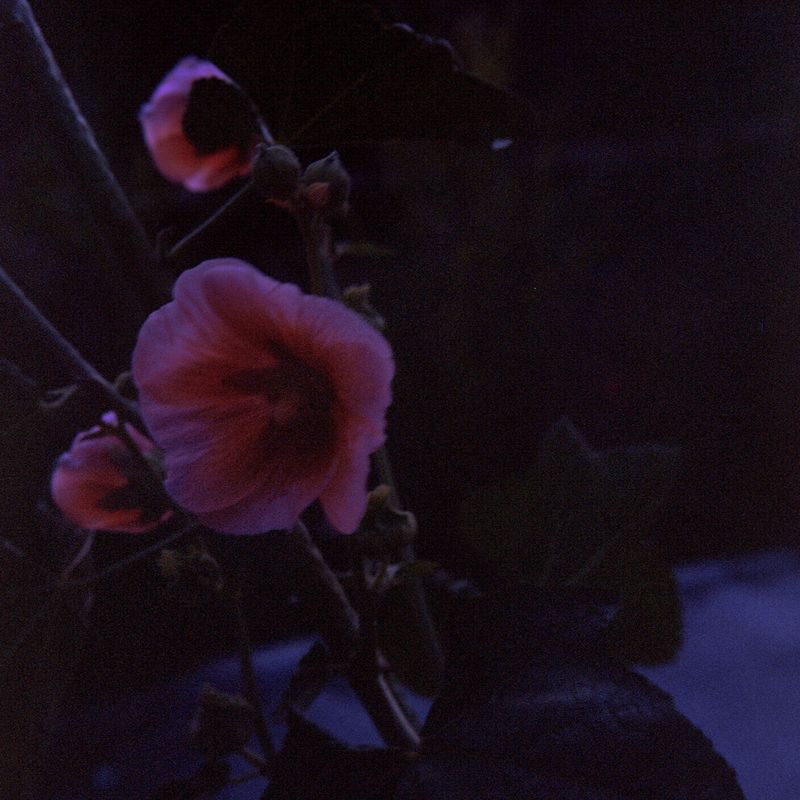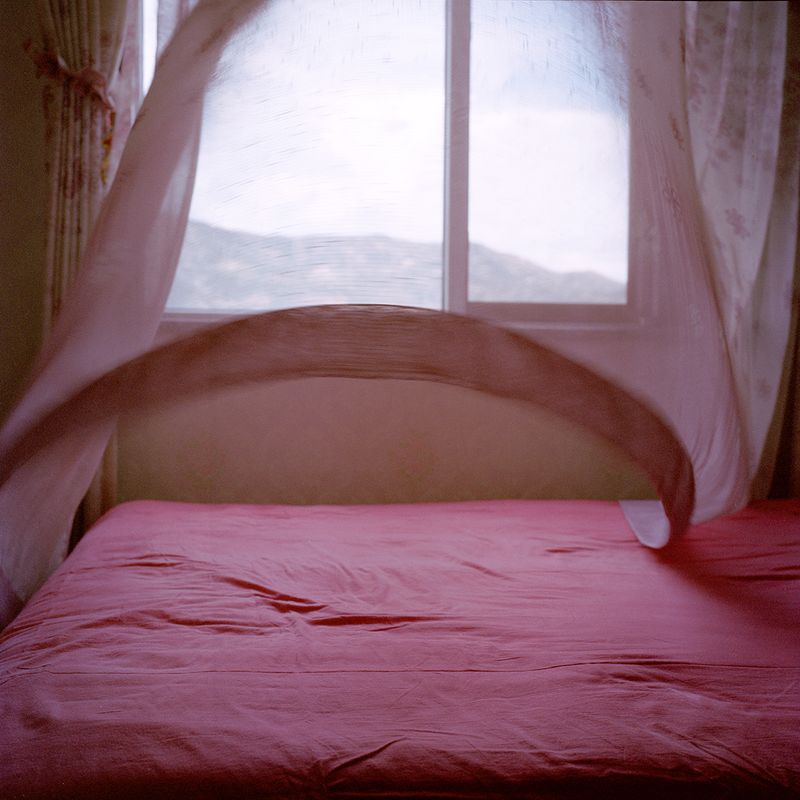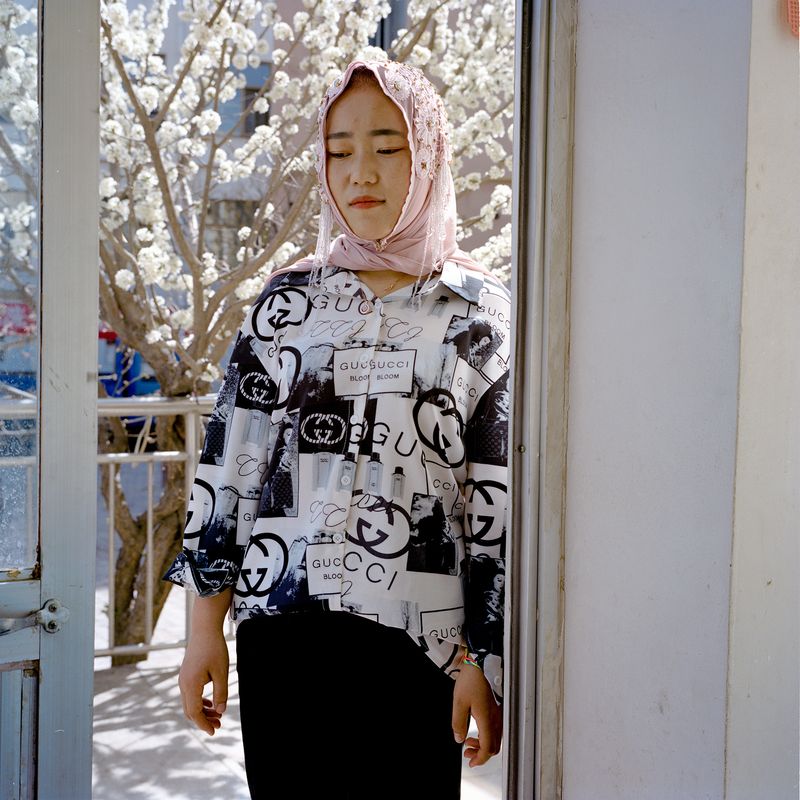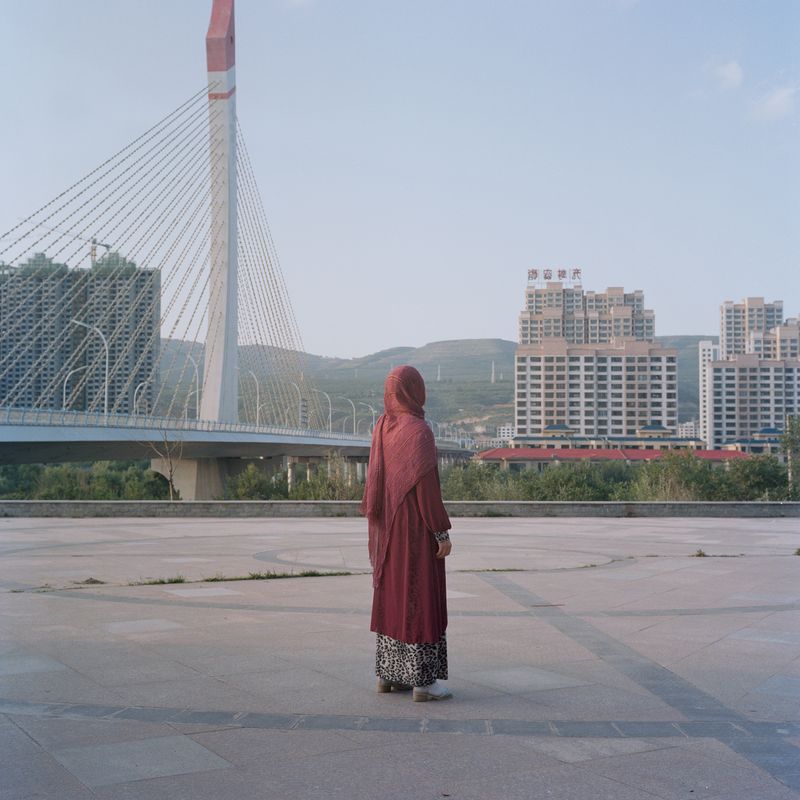The Henna (Chinese Muslim girl)
-
Dates2018 - 2020
-
Author
- Topics Social Issues, Contemporary Issues, Documentary
- Locations Xining, China, Guangzhou
Identity issues of Muslim girls in China
I remember growing up, and there was one question I always had trouble answering, which was: "Are you Muslim?"
My Hui and Salar classmates were typically the ones to ask me this question when I was a child. As I grew up, I often got this question from people who were not so familiar with Muslim culture, and I would usually answer, "My mother is Hui and, thus, Muslim."
Considering that my father is Mongolian, I was born into a rather unusual Muslim family. Because I was registered as Mongolian on my residence paper, I felt alien, like an outsider, to the Hui side of the family. I felt the same way about the Mongolian side since I wasn't living with them, didn't speak Mongolian, didn't have a Mongolian name, and was always detached from the Genghis Khan portraits that were displayed in my relatives' homes. I only remember that I had a cousin named Bartel, one of the most famous Mongolian names. He later went to study art and horse-head fiddle, but I can't remember his face no matter how.
I don't think I ever asked my parents why people from different ethnic minorities could get married. All I know is that my identity is something that cannot be changed.
I was also given a Muslim "scripture name" from the Quran, Sophia, since I was a little kid, despite the fact that my father is not Muslim. Sophia, which in English means "knowledge and intelligence," has another layer in my world as it is the name of one of Muhammad's wives.
Before every important festival, the elders would take out the henna powder, mix it with tea, and then apply it to children's nails so that they would wake up with a hint of crimson on their hands. This is the most vivid memory of my childhood identity as a Muslim. While flipping through old photos, my mother told me that my grandmother also planted a henna tree in the farmhouse where I was born.
My understanding of religion as a child was limited to the taboos, such as refraining from wearing provocative clothing or facial imagery, looking for the "Halal" logo when buying snacks, saying the "Bismillah" before meals, greeting elders with "Salam," and the expectation that Muslim girls wear the hijab after the age of nine and exercise greater prudence in their behavior. In my childhood memories, my grandmother would cover the eyes or the entire face of any toys I had if they had faces or eyes since the elders referred to things with eyes as Iblis, which is another word for devil. I remember one of my cousins pasted a lot of Ultraman stickers from BigBabol gums on his headboard, and his grandparent scraped all the eyes off of the stickers. As I was growing up, I heard people from the older generation inquiring about, the younger generation's eating habits and whether they had entered blindly into relationships in order to show their concern about being "Sinicized" and "secularized."
The first eighteen years of my life were spent in Xining, a small city that runs along the Huangshui River from east to west. Numerous indigenous ethnic groups, including Han, Tibetan, Hui, Tu, Salar, and Mongolian, can be found there. Thus, there is a natural connection between the different ethnic histories, and children of other ethnic groups play together from an early age. People don't seem to pay special attention to differentiating between different ethnic groups or their beliefs. However, children still compare one another's family sect to determine whether or not they are "good Muslims" among themselves.
My primary school classmates ridiculed me for being a "hybrid." They also made an effort to convince me that my sect was too lax. When I munched on spicy snacks in front of the school, the Muslim girl in my class would tell me that my "Imani," meaning faith, had gone. Now I seem to have lost sight of how sad I was that day.
Around that time in my life, my memory began to fail completely. I have always read the ingredient list of every snack I purchase, starting from the moment I was given free rein over my pocket money. I once ate Haoduoyu, a puffed snack that contained pork extract in the ingredients. I wasn't sure if I ought to tell my mother that I had eaten that. Moreover, according to the doctrine, it is a crime to waste food. I, therefore, passed the remaining half of the Haoduoyu to my dad.
When my dad married my mom, he was also given a scriptural name, Yusuf. As a result, I was wrong to offer him the Haoduoyu because it constituted tricking a Muslim into consuming food that was not halal, which is worse than accidentally eating non-halal food. I felt an unfathomable sense of guilt and regret that appeared to last for weeks, months, or even years. I stopped eating Haoduoyu after that, but I didn't have the courage to tell my family what had happened because I was frightened of being left out of my Muslim identity.
I moved to Guangzhou in 2017 for college. Everything was so foreign throughout the long summer in Lingnan, including the dialect, the varied eating habits, and the exotic temples and gods. There was only one "Northwest Style" counter in the school cafeteria, and the mall close to the school had a Lanzhou beef noodle restaurant. There is also a restaurant serving Xinjiang-style fried rice noodles that is owned by a Han Chinese person and hence not halal-certified. The only students who still wear hijab are those from Malaysia. As I learned when doing interviews before the shoot, many Muslim girls from the northwest who came to the southeast coast for the first time would soothe their homesickness by attending a mosque for prayer in order to feel temporarily at home.
I don't know how to chant. I have never worn a hijab. I don't go to the mosque to pray. I don't fast, either. Once I was at the "Northwest Style" counter in the cafeteria, and a random student asked me, "Are you Muslim?" I didn't know how to respond. I was also pulled into a WeChat group created by my Muslim classmates, but I quit the group not long after.
I changed my major to journalism in 2018. My classmate and I wrote a fieldwork report titled "Analysis of Urban Adaptation of Muslim Migrant Workers in Northwest China" for one of my courses. What we needed to do for the information was straightforward. We went to a noodle place near the school and chatted with my northwest fellows from Hualong, Qinghai, using participant observation and semi-structured interviews.
I met some girls who had dropped out of school and were working in their family's noodle place. I was such a contrast to them. In a life pattern of entering an arranged marriage at the age of 16 or 17 according to their parents' will, "marriage" can almost be equated with their "future" or "life." Their budding adolescence may be one of the few periods when they look inside themselves and get lost in thoughts. They took selfies with their hair loose on b612, told me their stories with the boys they are dating online on QQ, and complained to me about how their fathers limit their scope of activity. It was only in those moments I felt like we were close.
I vaguely remember having a brief conversation with the youngest daughter right before I left the noodle place at the end of my fieldwork. While I was feeling sorry for her for not being able to choose her own life or even thinking that she could due to the limitations of her religion, ethnicity, family, and the entire social network behind the family, she was also feeling sorry for me for not having received an Islamic education and not being able to find peace for my body, spirit, and mind. That's when I realized that, despite coming from the same land and currently living in the same city where we don't belong, she and I had entered two states of life like parallel universes.
In fact, she was entirely right. The entanglement of my sense of self with religion, family, and the social circle behind my family has always been a part of my upbringing. But even in front of my relatives, I can't seem to put this struggle into words. Our very different upbringings tore me apart from the side of myself that also belonged to her. I didn't know how to find a middle ground. I kept asking myself, "How should I choose my own identity?" There was no definite answer, unfortunately.
I traveled between Xining and Guangzhou. I turned my camera toward families to look for traces of changes in traditional ways of living. I also wandered around Guangzhou's "Xiaobei," an enclave of Muslim immigrants from the northwest, pondering the uncertainty that arises when multiple cultures collide: will cultural pluralism become more visible or disappear?
Then I began to use the red color of henna as a visual guide to weave together my fragmented memories: red prayer mats, candies with Arabic printed on the packaging, crimson dates, pink hijabs, scarlet burqa, and high heels. These are the moments that give me a sense of happiness and belonging, or perhaps the metaphors that subtly carry a sense of pain. The inside and the outside of the window represent two kinds of ending for henna: staying in the traditional way of living or getting out of it.
I have talked to many young Muslim girls and taken portraits of them. We have discussed topics that should have remained hidden, like hijab, period, sex, taboos, and love.
I've also met girls with similar identity problems. What they wanted to shun was more the family structure outside of the religious context, the expected status of women in the family, the conventional patriarchal system, the custom of "the younger the bride, the higher the bride price," and also the arranged marriage that is doomed to fail.
I also saw a budding feminine power among them: like feminists from other backgrounds, they are studying and working hard to become financially independent and trying to appeal to the subjective initiative of the "trophy wives." Their conversations can take place among sisters, sisters-in-law, or aunts. Even though it is hidden in invisible corners, the practice of women's empowerment is undeniably present in the Muslim world. They aspire not only to break away from family and traditions and to claim the freedom to be who they are but also to transcend social preconceptions and establish their own individuality. Whether it's the short blonde hair set off by the backlight or the rhinestones swaying on the veil, it all clearly brings to light the vitality of women.
In them, I may have finally found the courage to admit who I am. However, it all seems to remain unanswered.
